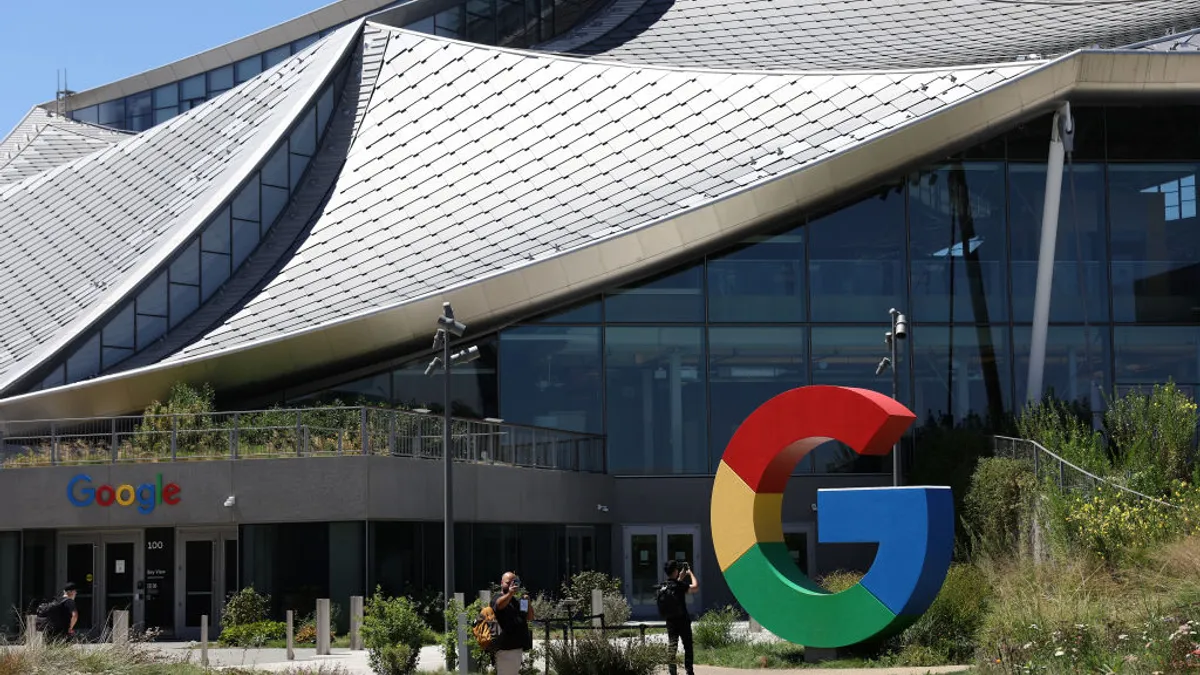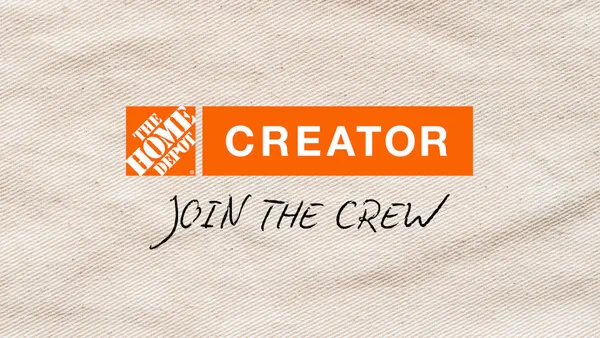Brief:
-
Time magazine added several augmented reality (AR) features to the “Optimist” issue guest-edited by Microsoft co-founder Bill Gates. The Jan. 15 issue, available on newsstands on Jan. 5, lets readers see AR features by downloading the Life VR app and scanning pages of the magazine with a smartphone camera.
-
Immersive media company RYOT Lab developed the AR experiences that include behind-the-scenes videos, infographics and animations. The cover story has an animation narrated by Gates, who has donated part of his fortune to charity groups, that tells the story of an Ethiopian boy who received better healthcare service in a country where 20% kids don’t survive to age five.
-
Bono, the lead singer of U2 and co-founder of ONE and (RED), narrates an animated AR infographic that explains the importance of closing the gender gap in education. The infographic shows how wide the education gap is between boys and girls, and what would happen if that gap were closed. The Life VR app is free to download for iOS and Android.
Insight:
With its “Optimist” issue that emphasizes reasons that humanity can feel hopeful about the future, Time is the latest magazine to publish a special issue that is enhanced with AR, the technology that overlays digital images on a real background seen through a smartphone camera. The company’s other titles, such as Sports Illustrated and Entertainment Weekly, also have added AR features to special issues. AR can work well with print publications whose static pages act as markers for triggering content that includes audio, video and virtual objects.
This isn't the first time that traditional publishers have tried to leverage mobile to make their content more interactive and to attract younger consumers. Several years ago, QR codes appeared across many publications but ultimately the experience introduced too much friction — readers had to download a specific app to be able to access content — while the codes themselves were something of an eyesore. Fast forward to 2018 and publishers are hoping the excitement around AR experiences — which are more immersive and engaging — can help them overcome any reticence consumers might have for downloading an app.
Time magazine, which recently cut its print circulation by one-third to 2 million copies, is among the publishers that are seeking to remain relevant among audiences that have shifted their news consumption to mobile devices. The print cutbacks were part of a $400 million cost-cutting strategy that Time disclosed last August. Time also reduced the print frequency of seven titles, including Sports Illustrated, Entertainment Weekly and Fortune because research showed consumers have less time for leaning back with magazines, The Wall Street Journal reported.
Publishing special issues that feature celebrity guest editors and contributors may be one way to deepen the engagement with Time’s core audience as the company cuts back on printing as many copies to boost profitability. Time is walking a fine line of trying to save money on printing magazines while still maintaining profits amid lower ad rates. Company CEO Rich Battista is seeking to boost growth with digital video and branded content as Time manages a print business that is in steady decline.











